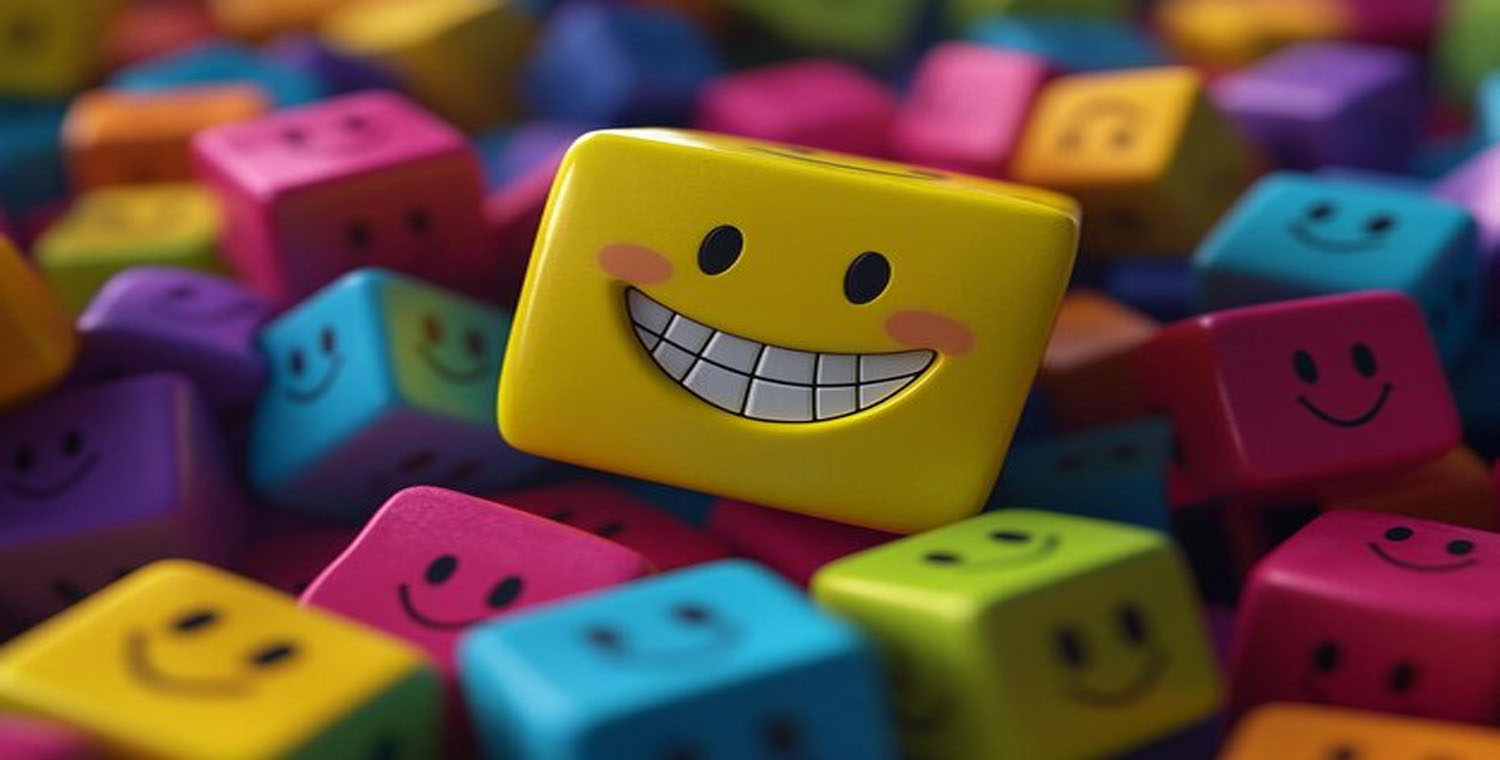Crossword puzzles have been a cherished pastime for generations, but in recent years, one particular theme has managed to capture the imaginations of enthusiasts and casual solvers alike: the concept of “joyous laughter.” The New York Times (NYT) Crossword has frequently incorporated this theme, reflecting how our love for humor and joy intersects with the world of wordplay. In this article, we will explore the significance of joyous laughter in crosswords, examine some notable examples from the NYT, and delve into why this theme resonates so profoundly with solvers.
The Joyous Laughter Phenomenon
“Joyous laughter” is a concept that evokes a sense of pure, unrestrained happiness and mirth. It’s an emotion that, when translated into the world of crosswords, can lead to clever clues, playful word choices, and a delightful solving experience. The NYT Crossword, known for its high standards and innovative puzzles, often weaves this theme into its clues and answers, creating a sense of joy that mirrors the laughter it represents.
Why Joyous Laughter Makes for a Great Crossword Theme
- Engagement through Humor: Crosswords are inherently designed to engage the solver’s mind, and incorporating humor enhances this engagement. Joyous laughter brings an element of fun and light-heartedness to the puzzle, making the solving process more enjoyable and less of a chore.
- Universal Appeal: Laughter is a universal experience that transcends cultural and linguistic barriers. By including joyous laughter in the crossword, the NYT makes the puzzle accessible and enjoyable to a wider audience, regardless of their background or native language.
- Creative Clue Crafting: Themes centered around joyous laughter allow crossword constructors to craft creative and clever clues. This might involve puns, playful references, or wordplay that not only challenges the solver but also elicits a smile or a chuckle.
Notable Examples from the NYT Crossword
Let’s take a closer look at how joyous laughter has been incorporated into recent NYT Crosswords.
1. The Classic Punchline
A memorable example is the use of punchlines as answers in NYT Crosswords. For instance, a clue like “What you hear after a good joke” might lead to the answer “LAUGHTER.” This kind of clue directly reflects the theme of joyous laughter and provides a satisfying and amusing resolution.
2. Playful Wordplay
Another example involves clues that play with language in a humorous way. A clue such as “Giggle-inducing noise” with the answer “HEE-HEE” or “HA-HA” uses wordplay to evoke the sound of laughter itself. These clues not only fit the theme but also add a layer of enjoyment to the solving process.
3. Humorous References
Sometimes, the NYT Crossword incorporates references to famous comedic figures or classic jokes. A clue like “Comedian known for his slapstick humor” could lead to an answer such as “LAUREL” or “HARDY,” referencing the iconic duo Laurel and Hardy. These clues celebrate the history of comedy and its contribution to joyous laughter.
The Art of Constructing a Joyful Puzzle
Creating a crossword puzzle centered around joyous laughter is an art form. Constructing a puzzle with this theme requires a balance of creativity, wit, and technical skill. Here’s a peek into how constructors achieve this:
- Finding the Right Balance: Incorporating humor into a crossword requires careful consideration of the puzzle’s difficulty level. Constructors aim to include clues that are challenging yet fair, ensuring that the humor enhances rather than detracts from the solving experience.
- Crafting Clever Clues: The key to a successful humorous crossword is in the clues. Constructors use puns, double meanings, and playful language to craft clues that are both engaging and amusing. For example, a clue like “Silly putty” for “JELLY” plays on the idea of something amusing and fun.
- Maintaining Puzzle Integrity: While humor is a significant component, constructors also ensure that the puzzle maintains its structural integrity. This means that even with humorous or light-hearted clues, the crossword should adhere to standard conventions, such as symmetry and balanced difficulty.
The Emotional Impact of Joyous Laughter in Crosswords
The incorporation of joyous laughter into the NYT Crossword has a profound emotional impact on solvers. Here’s why:
- Stress Relief: Solving a crossword puzzle is a popular activity for stress relief, and the addition of humorous elements can enhance this effect. Laughter is known to reduce stress and promote a sense of well-being, making a crossword with a joyful theme even more beneficial.
- Sense of Achievement: Successfully solving a puzzle with a theme centered around joyous laughter can provide a sense of accomplishment. The humor adds an extra layer of satisfaction, as solvers not only complete the puzzle but also enjoy the process.
- Community Connection: Sharing a laugh over a cleverly constructed crossword clue can foster a sense of community among solvers. Many enjoy discussing and exchanging their favorite clues and answers, further amplifying the joy that comes from the puzzle.
The Future of Joyous Laughter in Crosswords
As crossword puzzles continue to evolve, the theme of joyous laughter is likely to remain a popular choice. The NYT Crossword, with its tradition of innovation and excellence, will undoubtedly keep finding new ways to incorporate humor and joy into its puzzles. Future puzzles may explore new forms of humor, from contemporary cultural references to emerging comedic trends.
Conclusion
The theme of joyous laughter in the NYT Crossword is more than just a source of amusement; it’s a testament to the puzzle’s ability to bring joy and light-heartedness into the lives of its solvers. Whether through clever clues, playful wordplay, or references to classic comedy, the incorporation of this theme enhances the crossword experience, making it both engaging and delightful. As we continue to embrace the joy of solving, we can look forward to many more puzzles that celebrate the laughter and happiness that crosswords so beautifully capture.














Leave a Reply